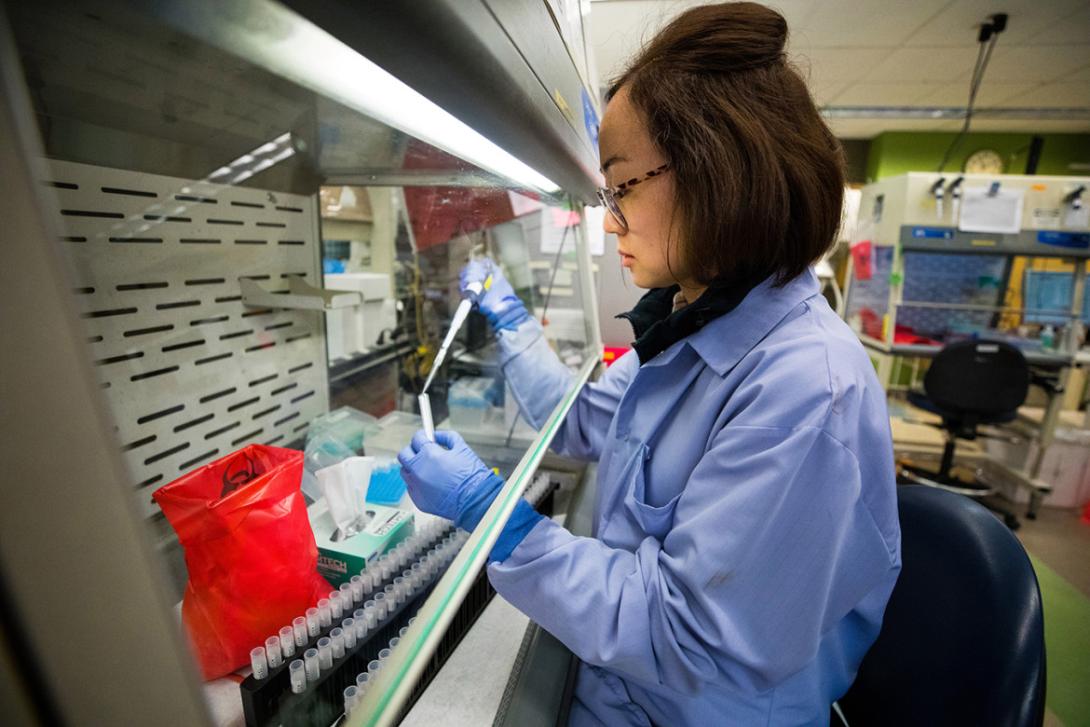
The coronavirus was likely circulating in Oregon in December 2019, weeks earlier than the first case was publicly identified in the United States and before any countries had officially declared the virus as contagious, according to a federal study.
Researchers from the Centers for Disease Control and Prevention analyzed nearly 7,400 blood samples collected across nine states by the American Red Cross between mid-December and mid-January. Of those, 106 showed antibodies for the virus, according to the study.
More than 570 donor samples came from Oregon, with 11 containing antibodies to the virus, the study’s authors told The Oregonian/OregonLive. Those samples were collected Dec. 13 to Dec. 16.
The first case in the U.S. was not confirmed until Jan. 20 in Washington. Oregon’s first case wasn’t identified until Feb. 28.
China, where the first cases of the virus were detected, and the World Health Organization did not acknowledge the disease was contagious until around early January, said Chunhuei Chi, director of the Center for Global Health at Oregon State University.
The World Health Organization’s first public acknowledgement of the disease came Jan. 5, when the agency put out a press release noting the presence of a cluster of 44 “cases of pneumonia of unknown etiology” in Wuhan, China, that were thought to have originated in a market. The organization did not recommend any travel restrictions, but encouraged health care providers to increase surveillance of influenza and other respiratory illnesses.
“This means before WHO and China acknowledged the COVID-19 as a contagious disease, it already spread to the U.S. and most likely to Europe and other nations,” Chi said.
The study also found antibodies in blood samples collected from residents of California, Connecticut, Iowa, Massachusetts, Michigan, Rhode Island and Wisconsin. The presence of antibodies in a blood sample means that person was exposed to the virus and produced an immune system defense against it. Antibodies typically develop within one to three weeks after exposure.
The authors of the study wrote that in America “widespread community transmission was not likely until late February” although it’s unclear why.
Oregon data shows that visits to hospitals for influenza and respiratory illness rose around mid-December, but it was unclear what impact the presence of coronavirus may have had on the spike in hospital visits, if any. The state saw a similar spike in March, when coronavirus was spreading rapidly but testing was largely unavailable except to those who were severely ill and hospitalized.
The yellow line in the above graph shows a spike for hospital visits related to influenza and respiratory illness in mid-December, around the same time some blood samples in the Pacific Northwest showed antibodies for the coronavirus. It was unclear if the two were connected.
The Oregon Health Authority did not respond to questions about the study.
-- Kale Williams; [email protected]; 503-294-4048; @sfkale
This story was first published by The Oregonian/OregonLive.